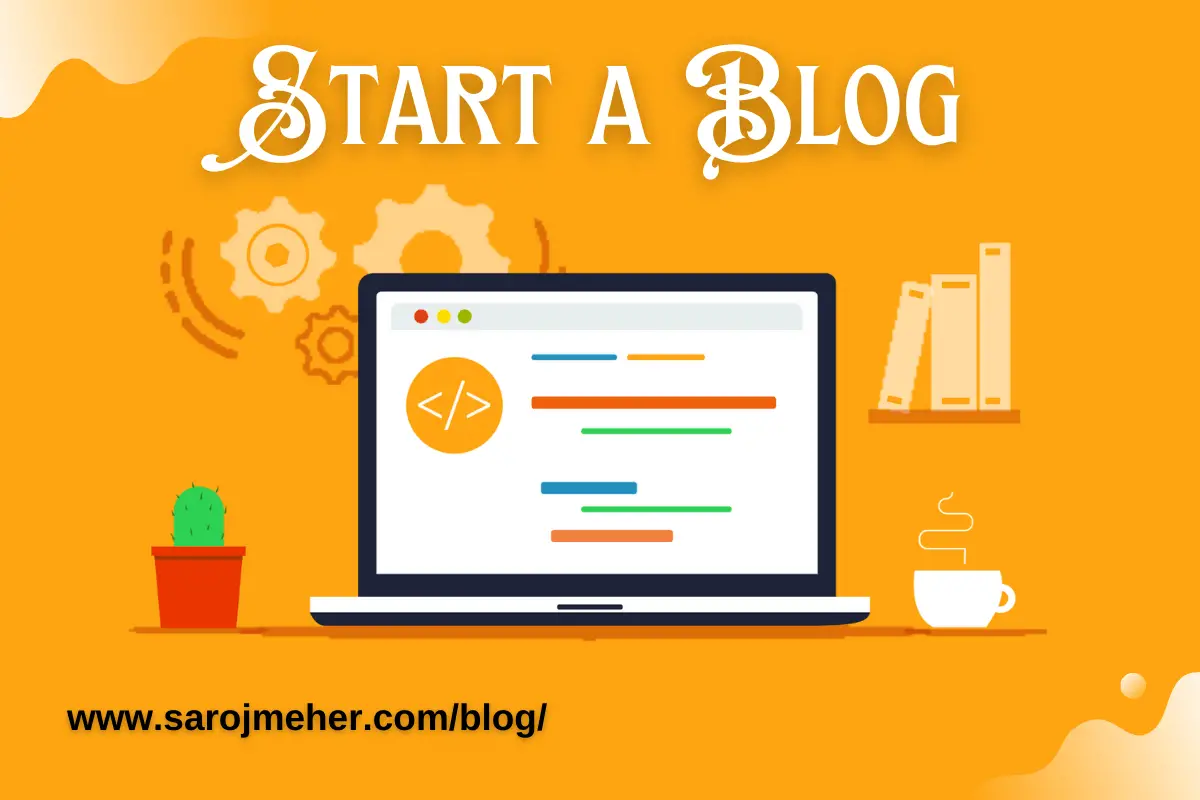About Influencer Targeting & Marketing
Howdy friends, in this article we are going to discuss about Influencer Targeting & Marketing.
Influencer targeting and marketing is the process of identifying and collaborating with individuals who have the ability to influence potential customers, with the goal of promoting a brand, product, or service.
This approach is becoming increasingly popular among marketers as a way to reach customers in a more authentic and engaging manner, leveraging the reach and credibility of influencers.
The process of influencer targeting and marketing typically involves researching and identifying influencers who are relevant to a specific market or industry, and who have a significant following on social media or other platforms.
Marketers will then work with these influencers to promote their brand through a variety of means, including sponsored content, product placements, reviews, or other forms of collaboration.
Influencer marketing has several benefits for brands, including increased brand awareness, greater reach, and improved customer engagement. By partnering with influencers, brands can tap into their audiences and reach new customers in a way that feels more authentic and less like traditional advertising.
Additionally, influencer marketing can also help to build brand credibility and trust, as recommendations from influencers are often seen as more trustworthy than traditional forms of advertising.
However, it is important for brands to carefully choose their influencer partners and to clearly communicate their goals and expectations for the collaboration, in order to ensure that the campaign is effective and aligned with the brand’s overall marketing strategy.
What Is an Influencer?
An influencer is a person who has the power to affect the purchasing decisions of others because of their knowledge, authority, position, or relationship with their audience.
They may use their personal brand, social media presence, or other online platforms to promote products, services, or ideas to their followers.
Influencers can be found in a variety of industries, including fashion, beauty, travel, food, technology, and more. Some influencers may have a large following on social media platforms, while others may have a smaller, highly engaged audience.
The level of influence an influencer has on their followers can vary greatly depending on factors such as the quality of their content, the level of engagement they receive from their followers, and their personal brand.
An influencer can have a positive or negative impact on their followers, depending on their actions and the type of content they create.
Some influencers use their platform to educate and inform their followers, while others may promote products or services that may not be in the best interest of their followers.
It’s important for influencers to be transparent about their relationships with brands and to clearly distinguish between sponsored content and their own personal opinions.
Types of Influencers
There are several types of influencers, each with their own unique style, voice, and reach:
Macro-Influencers
These are influencers with a large following, often in the millions. They have a broad reach and can be very effective in driving brand awareness. However, they tend to be more expensive and may not have as deep a connection with their followers as other types of influencers.
Macro-influencers are individuals or personalities who have a large following on social media platforms like Instagram, YouTube, or TikTok. They are known for having a significant impact on their audience, which typically numbers in the hundreds of thousands or millions.
Macro-influencers often use their social media presence to promote products, services, or causes they believe in, and they are often paid by brands to do so.
Macro-influencers are different from micro-influencers, who have a smaller but more engaged and loyal following. Micro-influencers typically have between 10,000 and 100,000 followers and are often considered to be more authentic and trustworthy by their audience.
Brands may choose to work with macro-influencers or micro-influencers depending on their target audience and marketing goals.
Micro-Influencers
These are influencers with a smaller following, typically in the thousands or tens of thousands. They have a highly engaged and dedicated following and can be effective in driving conversions and engagement. They tend to be more affordable and have a closer connection with their followers.
Niche Influencers
These are influencers who specialize in a specific niche, such as fashion, beauty, travel, food, or technology. They have a deep understanding of their niche and can be very effective in reaching a target audience.
Celebrity Influencers
These are influencers who are famous in their own right, such as actors, musicians, and athletes. They have a large following and can be effective in driving brand awareness, but they can also be expensive and may not have a deep connection with their followers.
Lifestyle Influencers
These are influencers who focus on showcasing their daily life, interests, and personal style. They have a broad reach and can be effective in driving brand awareness and engagement.
Branded Influencers
These are influencers who are created by a brand to promote their products or services. They may have a large following and can be effective in driving conversions and engagement, but they may not have the same level of authenticity and trust as other types of influencers.
It’s important for brands to choose the right type of influencer for their campaign based on their target audience and marketing goals. By working with the right influencer, brands can reach their target audience, build brand awareness, and drive conversions.
What is Influencer Targeting?
Influencer targeting refers to the process of identifying and targeting individuals who have the potential to influence others within a specific market or industry, in order to reach a wider audience. This is often done in the context of marketing and advertising, with the goal of leveraging the reach and credibility of influencers to promote a brand, product, or service.
Influencer targeting typically involves researching and identifying individuals who have a significant following on social media, or in other areas such as blogs, forums, or communities, and who are seen as experts or thought leaders in their field. Marketers will then work with these influencers to promote their brand through sponsored content, product placements, or other forms of collaboration.
The idea behind influencer targeting is that people are more likely to trust and be influenced by recommendations from people they know, like, and respect, rather than by traditional forms of advertising. By partnering with influencers, brands can tap into their audiences and reach new customers in a more authentic and engaging way.
What Is Influencer Marketing?
Influencer marketing is a type of marketing that involves partnering with individuals who have a large and engaged following on social media or other online platforms to promote a product, service, or brand to their followers.
The goal of influencer marketing is to leverage the influencer’s personal brand and online presence to reach a target audience and drive brand awareness, engagement, and conversions.
Influencer marketing campaigns can take many forms, including sponsored posts, product reviews, giveaways, and more. In a typical influencer marketing campaign, the brand provides the influencer with products or compensation in exchange for creating content that promotes the brand to their followers.
Influencer marketing can be an effective way to reach a target audience, as it allows brands to tap into the trust and influence that influencers have built with their followers.
Influencer marketing can also help brands to reach new audiences and to build brand awareness in a more organic and authentic way, as the content is typically created by the influencer in their own voice and style.
It’s important for brands to choose the right influencer for their campaign and to set clear goals and expectations for the campaign.
Brands should also ensure that the influencer is transparent about their relationship with the brand and that they are following the necessary disclosure regulations.
What is a Social Media Influencer?
A social media influencer is a person who has a large following on social media platforms such as Instagram, TikTok, YouTube, or Twitter and uses this platform to promote products, services, or ideas to their followers.
These individuals leverage their large following and online presence to influence the purchasing decisions of their followers and to gain attention for themselves and the brands they promote.
Social media influencers can be anyone from celebrities to everyday people, as long as they have a significant number of engaged followers and a strong online presence. Some influencers focus on a specific niche, such as fashion, beauty, or travel, while others may have a more general focus.
The level of influence an influencer has on their followers can vary greatly depending on factors such as the quality of their content, the level of engagement they receive from their followers, and their personal brand.
How to become a Social Media Influencer?
Becoming a social media influencer requires hard work, creativity, and determination. Here are some steps you can follow to become a social media influencer:
- Choose a niche: Determine the area you want to focus on and become an expert in it. This can be anything from fashion, beauty, travel, food, or technology.
- Build your social media presence: Choose a social media platform where your target audience is active and start posting regularly. Engage with your followers by responding to comments and messages. Share high-quality, visually appealing content that showcases your niche.
- Collaborate with others: Partnering with other influencers, brands, or businesses in your niche can help you grow your following and increase your reach. You can also participate in influencer marketing campaigns and sponsored posts.
- Be consistent: Post regularly and consistently, and maintain a consistent aesthetic for your content. Your followers should be able to easily recognize your content when they see it.
- Engage with your audience: Respond to comments and messages, and ask your followers for feedback on your content. Engaging with your audience will help you build a strong relationship with them and increase their loyalty.
- Measure and adjust: Track your performance using analytics tools and use the data to make informed decisions about your content and strategy. Continuously improve your content and engage with your followers to grow your influence.
Remember that becoming a successful influencer takes time and effort. Stay true to your niche, engage with your followers, and continue to create high-quality content to grow your following and increase your influence.
What is Social Media Targeting?
Social media targeting refers to the process of using demographic and psychographic information to reach specific groups of people with tailored marketing messages on social media platforms. This allows advertisers to deliver their messages to specific groups of people based on factors such as age, gender, location, interests, behaviors, and more.
For example, a clothing retailer may target women aged 18-35 who live in urban areas and have expressed interest in fashion and shopping. This way, the retailer can deliver ads to this specific group, who are more likely to be interested in their products, resulting in higher engagement and conversions.
Social media platforms use algorithms to collect data on users, including their likes, comments, and demographic information, which can then be used for targeted advertising.
Advertisers can also use their own data, such as email lists or customer databases, to target specific groups on social media platforms.
Social media targeting can be highly effective, as it allows advertisers to reach people who are more likely to be interested in their products or services, and it can result in higher engagement and conversions.
However, it’s important to use this technology responsibly and in compliance with privacy regulations, as well as to be transparent about how user data is being collected and used.








![[10 Best] AI Tools For Developers In 2024 AI Tools For Developers](https://www.sarojmeher.com/wp-content/uploads/AI-Tools-For-Developers.jpg)


